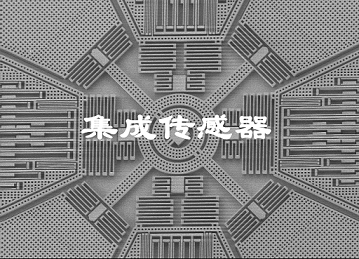
当前课程知识点:分子医学技术 > 第七章 碱性磷酸酶Km值测定 > AKP Km值测定原理、测定操作、计算 > 亲和层析原理、操作、实验结果
To study a protein in detail,
the researcher must be able to separate it from other proteins in pure form.
The most powerful methods for purification proteins are column chromatography.
It takes advantage of protein properties in charge, size, binding affinity,
and other properties.
Affinity chromatography is one kind of the column chromatography.
It exploits the tendency of many proteins to 'bind' to molecules.
For example, many proteins bind ATP.
If one takes beads and coats them with ATP
then passes a protein mixture through the column,
only those proteins that bind to ATP will stick to the column.
The others will pass through it freely.
With affinity chromatography,
one can separate proteins that bind a specific molecule
from proteins that don't bind that molecule.
Because this method of purification
relies on the biological specificity of the protein,
it is a very efficient procedure,
and proteins can be purified several thousand-fold in a single step.
Glutathione-S-transferase, or GST,
is a widely used affinity tag that increases solubility of the desired protein.
GST tag has affinity for immobilized glutathione
is used for prokaryotic expression more frequently.
It can be fused to either the N-terminal or C-terminal of a protein.
Glutathione Affinity is an efficient method
for single-step purification of proteins fused to a GST tag.
GST can be expressed as a soluble protein in the E. coli cytoplasm
in high amounts and with full enzymatic activity.
In GST fusion protein purification,
GST tagged proteins contained in a cleared lysate
first bind to immobilized glutathione (GSH, Bind).
And nonbinding proteins are washed from the matrix (Wash)
and bound GST fusion proteins eluted
from the matrix by the addition of excess reduced glutathione (Elute).
In this video,
we will introduce how to purify GST tagged proteins
with Affinity chromatography.
Step 1: Take two 1.5 ml tubes,
and add 1 ml IPTG induced GST tag protein bacteria solution in each tube,
centrifuge at 15000 ×g for 1 min.
Step 2: Discard the supernatant
and add 150 μl extraction buffer solution in each tube,
mix them gentle.
Step 3: Add 3 μl lysozyme in each tube,
mix them gentle,
and then put them on ice for 30 min.
Step 4: centrifuge at 15000 ×g for 10 min.
Collect the supernatant in one tube,
transfer 50 μl into another tube as sample A,
the remainder as sample B.
Step 5: Add 20 μL well mixed GST-Tag Purification Resin in sample B,
then place the tube in 4℃ for 30 min.
Knock the tube with the finger in every 5 min,
make sure all resins are resuspended.
Step 6: Then centrifuge at 1000 ×g for 10 s at 4℃.
Discard the supernatant.
Step 7:Add 100 μL extraction buffer and resuspended resin.
Then centrifuge at 1000 ×g for 10 s at 4℃.
Discard the supernatant.
Step 8: Repeat step 7 to wash resin again.
Step 9: Add 20 μL Eluting buffer and resuspended resin.
Then centrifuge at 1000 ×g for 10 s at 4℃.
Collect the supernatant in one tube as GST tag protein solution.
Repeat step 9,
and collect the supernatant into GST tag protein solution, as sample C.
The sample A and sample C were evaluated by SDS-PAGE.
The result is as follow
-真核基因组DNA的提取原理、提取操作、鉴定
-质粒DNA提取原理、提取操作、鉴定
-PCR原理、操作、产物鉴定
-蛋白质含量测定原理、测定操作、计算
-SDS-聚丙烯酰胺凝胶电泳原理、操作、测定分子量计算
-亲和层析原理、操作、实验结果
-AKP Km值测定原理、测定操作、计算



